In the realm of culinary artistry, where innovation meets tradition, a fascinating trend has emerged that bridges the gap between jewelry and gastronomy. The concept of "amber-preserved spice necklaces" has taken the food world by storm, offering chefs and food enthusiasts alike a unique way to carry and impart flavor. These exquisite pieces, often referred to as "culinary amber" or "chef's treasure necklaces," are not merely decorative but serve a functional purpose in the kitchen.
The idea is as ancient as it is modern. Amber, known for its ability to preserve organic material for millennia, has been used historically to encase insects and plant matter. Today, this same principle is applied to spices and herbs, creating a portable flavor enhancer that chefs can wear around their necks. Each bead contains a carefully selected spice or blend, sealed within the golden resin, waiting to be released at the right moment.
The process of creating these culinary necklaces is both an art and a science. Artisans work closely with chefs to select spices that complement their cooking style. The spices are then carefully encapsulated in food-grade amber resin, ensuring that their essential oils and aromas remain intact. Over time, the warmth of the chef's body gently activates the spices, subtly releasing their fragrance and flavor.
What makes these necklaces truly remarkable is their versatility. A single strand might contain everything from smoked paprika to rare saffron, allowing the chef to season dishes with a simple twist of a bead. Some avant-garde restaurants have even incorporated the necklaces into their dining experience, with chefs explaining the story behind each encapsulated spice as they prepare meals tableside.
The trend has particularly taken root in molecular gastronomy circles, where the boundary between cooking and performance art continues to blur. Renowned chefs have been spotted wearing strands of amber beads that hold everything from Himalayan salt crystals to dehydrated truffle shavings. The visual impact is undeniable - golden droplets catching the kitchen lights as the chef moves, each containing a world of flavor potential.
Beyond their practical use, these necklaces have become symbols of culinary mastery. Much like a painter's well-worn brush or a musician's favorite instrument, a chef's amber spice necklace tells a story of their culinary journey. Some chefs collect beads from different regions they've worked in, creating edible maps of their careers. Others use them to carry family spice blends passed down through generations, keeping culinary traditions alive in a truly wearable form.
The maintenance of these unique tools requires special care. While the amber protects the spices from moisture and air, chefs must occasionally refresh their necklaces by adding new beads or replacing ones that have gradually released their essence. This ongoing relationship between chef and necklace adds another layer to the cooking process, making the act of seasoning almost meditative.
Food historians note interesting parallels between this modern innovation and ancient practices. In medieval times, pomanders - perforated containers filled with spices - were worn to ward off illness and mask odors. The amber spice necklace could be seen as a 21st-century interpretation of this concept, adapted for culinary rather than medicinal purposes. This connection to history adds depth to what might otherwise be seen as mere kitchen gadgetry.
As the trend grows, specialized artisans have emerged to meet demand. These craftspeople combine skills from jewelry-making, resin art, and culinary knowledge to create truly bespoke pieces. Some offer customization options where chefs can select not just the spices but the shape and arrangement of the beads, resulting in necklaces that are as unique as the wearer's culinary fingerprint.
The environmental impact of these creations has not gone unnoticed. Many artisans use sustainably harvested resins and ethically sourced spices, appealing to eco-conscious chefs. The longevity of the necklaces - with proper care, they can last for years - makes them a sustainable alternative to single-use spice containers that often end up in landfills.
Looking to the future, some visionaries in the field are experimenting with embedding liquid flavors or even living cultures within specialized amber beads. Imagine a necklace containing beads of preserved sourdough starter or droplets of aged balsamic vinegar. The possibilities seem limited only by the imagination of chefs and artisans willing to push the boundaries of what culinary jewelry can be.
For home cooks intrigued by the concept but not ready to invest in a full chef's necklace, smaller versions have begun appearing on the market. These might take the form of bracelets or keychains containing a few essential spices, bringing a touch of culinary magic to everyday cooking. Some cooking schools have even begun offering workshops on creating simple versions, democratizing what began as an exclusive chef's tool.
The cultural significance of these necklaces extends beyond their practical use. In a world where fast food and convenience often trump craftsmanship, the amber spice necklace stands as a testament to slow, intentional cooking. It represents a connection between the cook and their ingredients that goes beyond mere utility, transforming the act of seasoning into something almost sacred.
As more chefs adopt this practice, we're likely to see continued innovation in the field. Perhaps future versions will incorporate technology, with temperature-sensitive beads that release their contents at precise moments during cooking. Or maybe the necklaces will evolve to become interactive teaching tools, helping apprentice chefs learn about spice combinations through wearable education.
What began as a niche curiosity has blossomed into a full-fledged movement at the intersection of culinary arts and wearable technology. The amber spice necklace is more than a kitchen tool - it's a statement about the artistry of cooking, a conversation starter, and a bridge between our culinary past and future. As one chef remarked while adjusting his strand of flavor-filled beads, "It's not just what's in the pan that matters, but what's around your neck."

By /Jul 15, 2025

By /Jul 15, 2025
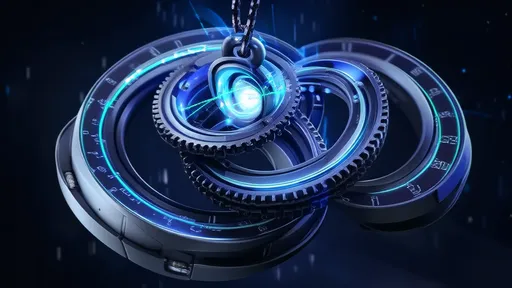
By /Jul 15, 2025

By /Jul 15, 2025

By /Jul 15, 2025

By /Jul 15, 2025
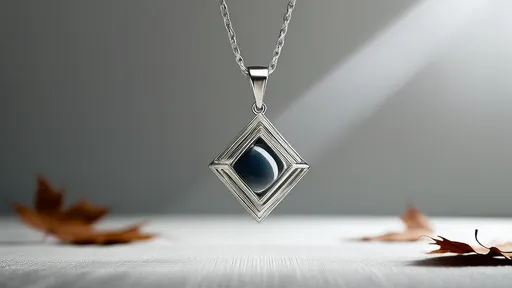
By /Jul 15, 2025

By /Jul 15, 2025
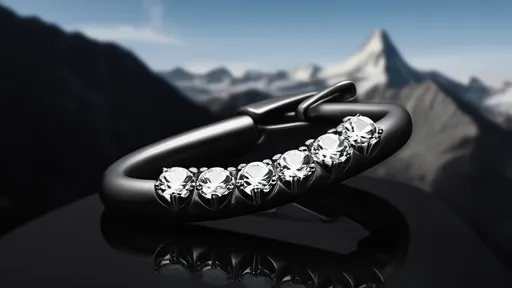
By /Jul 15, 2025

By /Jul 15, 2025
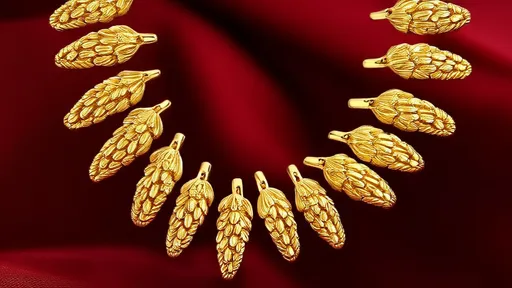
By /Jul 15, 2025
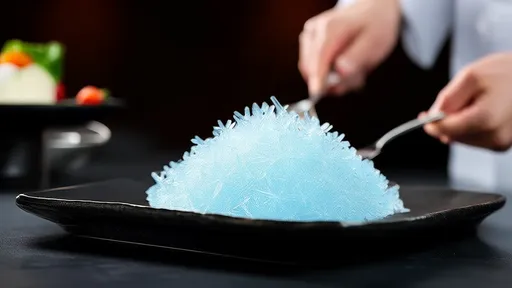
By /Jul 15, 2025
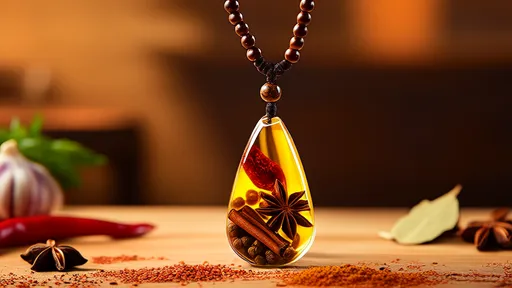
By /Jul 15, 2025

By /Jul 15, 2025

By /Jul 15, 2025

By /Jul 15, 2025

By /Jul 15, 2025

By /Jul 15, 2025